Textured ABS Plastic sheet
Textured ABS Sheets-Convex diamond pattern
Textured ABS Sheets It is a functional plate with concave and convex texture formed on the surface of ABS plastic substrate by mold etching, embossing or coating process, which is both decorative and practical. Its texture types cover wood grain, leather grain, geometric pattern, etc., which is widely used in high-end home appliances, automotive interior, architectural decoration and consumer electronics fields to meet differentiated design needs.
| Argument | Specification range | Application scenario |
|---|---|---|
| Texture type | Frosted/brushed/leather /3D embossed | Silk (electrical panel)
Leather (automotive interior) |
| thickness | 0.8mm – 12mm | 1-3mm (decorative veneer)
5-8mm (structural parts) |
| colour | Any color | Metal color replaces electroplating process |
| Surface hardness | R110-R120((Rockwell hardness)) | Scratch resistance is better than ordinary acrylic |
Description
1. textured ABS plastic Characteristics and advantages ✅
- Diverse surface texture
- Optional texture: frosted, imitation metal drawing, 3D three-dimensional relief, custom LOGO embossing;
- Texture depth 0.1-1.5mm, delicate touch and anti-slip wear。
- ABS sheet performance retention
- Impact strength ≥15 kJ/m² (better than textured PVC board);
- Temperature resistance -30℃ to 90℃, suitable for indoor and outdoor environment.:
- No spraying environmental protection technology
- The mold directly forms the texture, reducing the spraying process and VOC emission;
- textured ABS sheets Comply with RoHS, REACH environmental standards, support recycling.
2.textured ABS sheets Product specification and selection guide 📐
| Argument | Specification range | Application scenario |
|---|---|---|
| Texture type | Frosted/brushed/leather /3D embossed | Silk (electrical panel)
Leather (automotive interior) |
| thickness | 0.8mm – 12mm | 1-3mm (decorative veneer)
5-8mm (structural parts) |
| colour | Any color | Metal color replaces electroplating process |
| Surface hardness | R110-R120((Rockwell hardness)) | Scratch resistance is better than ordinary acrylic |
3. industry application cases 🏆
① High-end household appliance
- Refrigerator door panel:Imitation stainless steel brushed ABS texture plate, the cost is 40% lower than metal;
- Air conditioning outlet:Three-dimensional geometric texture to enhance product quality, avoid reflective interference.
② Car interior
- Instrument table decoration strip: carbon fiber texture ABS board, lightweight and high temperature resistance (120℃ short-term)
- Door armrest: leather embossed ABS, soft to touch and easy to clean.
③Commercial space
- Hotel wall decoration board: imitation wood grain ABS instead of solid wood, waterproof and mothproof (suitable humidity ≤85%)
- Showcase veneer: 3D relief texture enhances visual layer and supports backlight transmission.
4. ABS texture board vs. other decorative materials contrast ⚖️
| peculiarity | ABS texture board | Solid wood veneer | Sheet metal | Textured acrylic |
|---|---|---|---|---|
| weight | 1.05-1.20 g/cm³ | 0.6-0.8 g/cm³ | 2.7-7.8 g/cm³ | 1.18 g/cm³ |
| weight | Low (mold one molding) | High (gluing + edge sealing required) | Extremely high (cutting + surface treatment) | Medium (need to be polished to prevent cracking) |
| Weather fastness | Excellent (UV resistant model optional) | Poor (easy deformation and cracking) | Good (but easily oxidized) | aberration |
| Environmental protection property | recyclable | Dependence on forest resources | Recyclable but high energy consumption | Degradation difficulty |
5. Processing and use precautions⚠️
- Mold design:
- Match the depth of etching with the stripping Angle (recommended ≥3°) to avoid mold sticking;
- Texture areas avoid design sharp angles to prevent stress concentration cracking.
- Injection molding process:
- Melt temperature: 220-240℃ (too high resulting in fuzzy texture);
- Holding pressure: 60-80MPa to ensure complete texture filling。
- Postprocessing:
- Avoid using corrosive cleaners (such as acetone) to prevent texture damage;
- The dark texture board is recommended to be waxed regularly to maintain the matte texture.
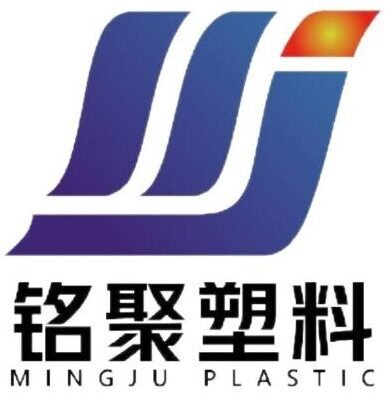
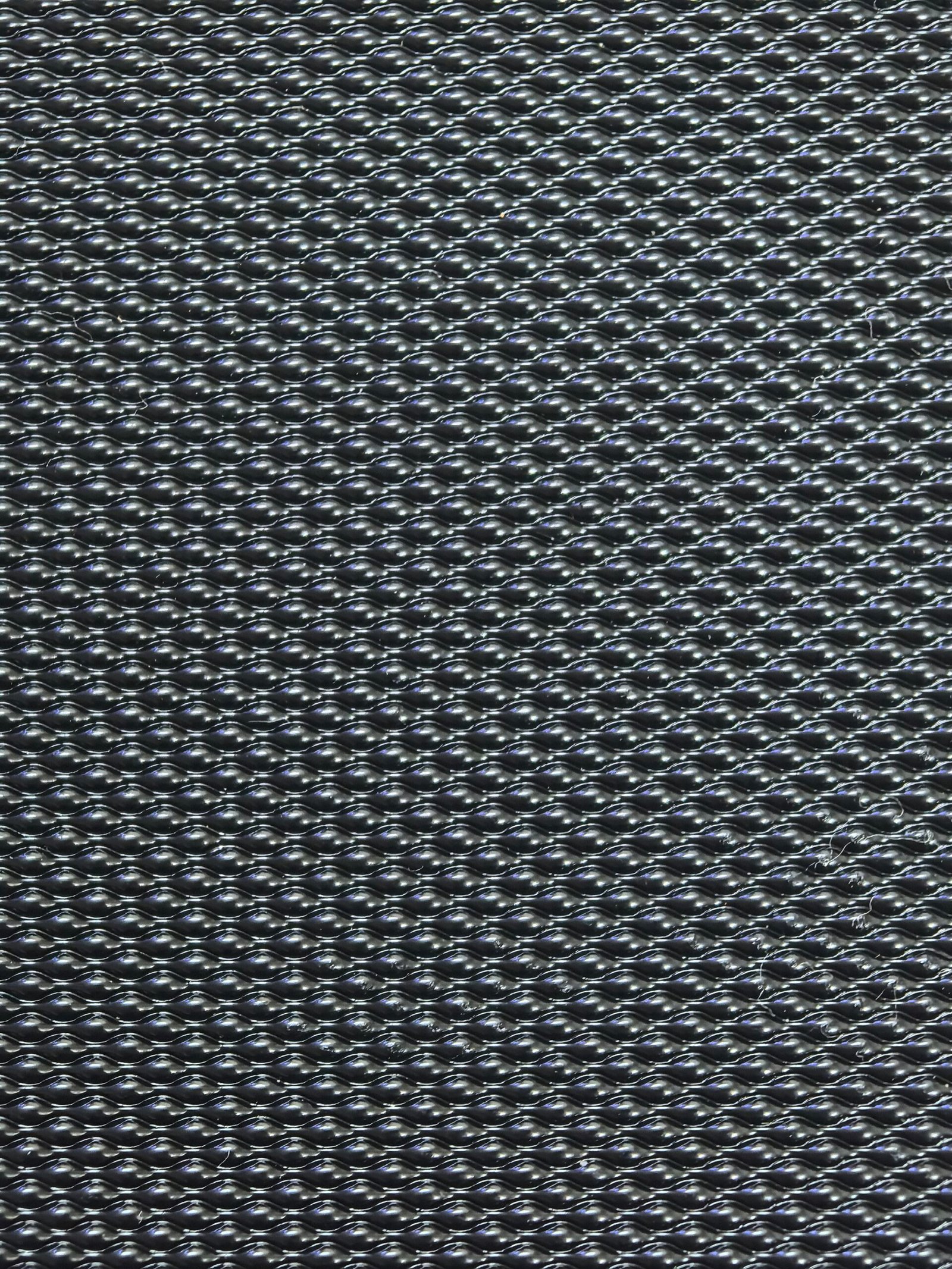
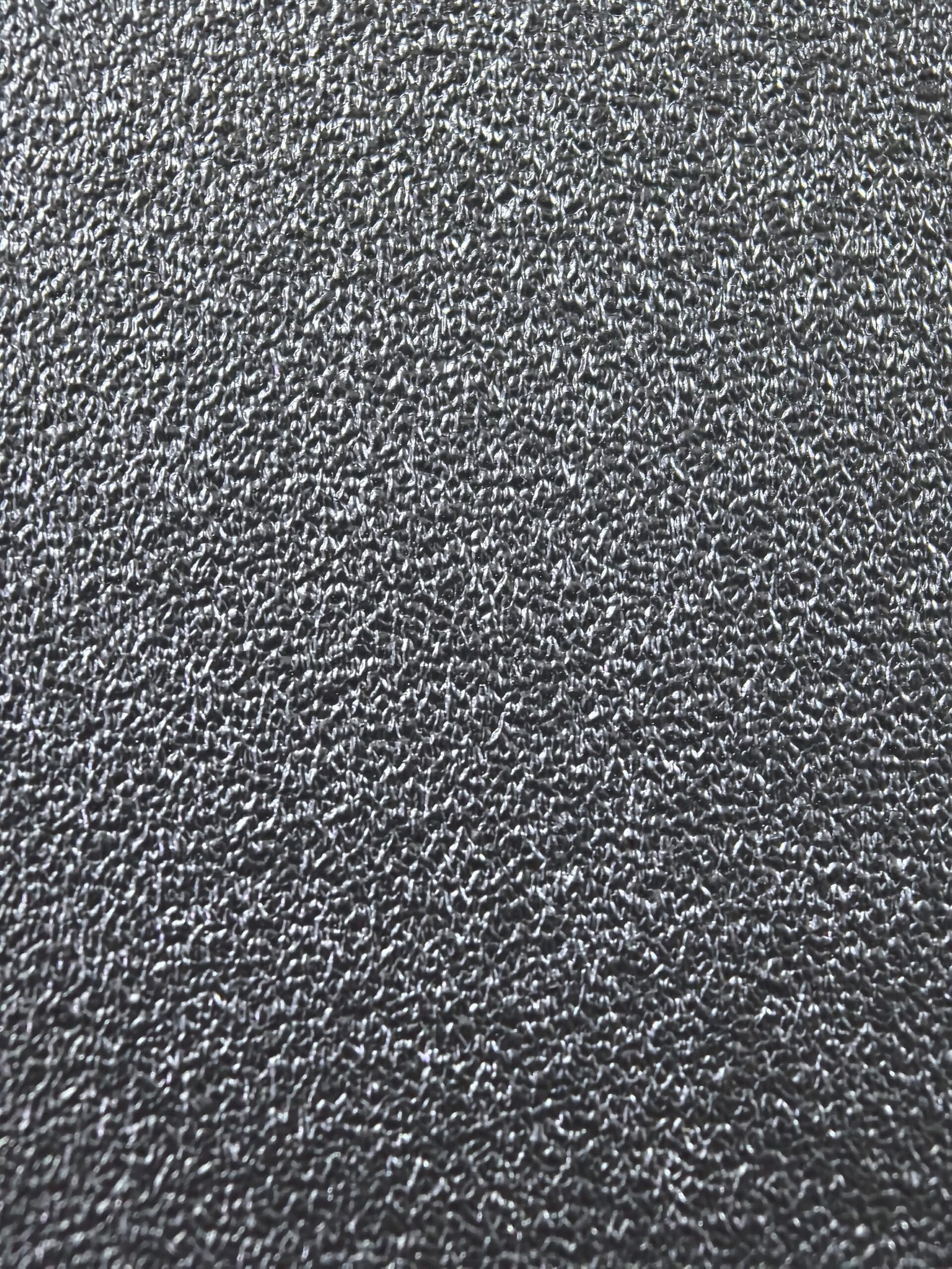
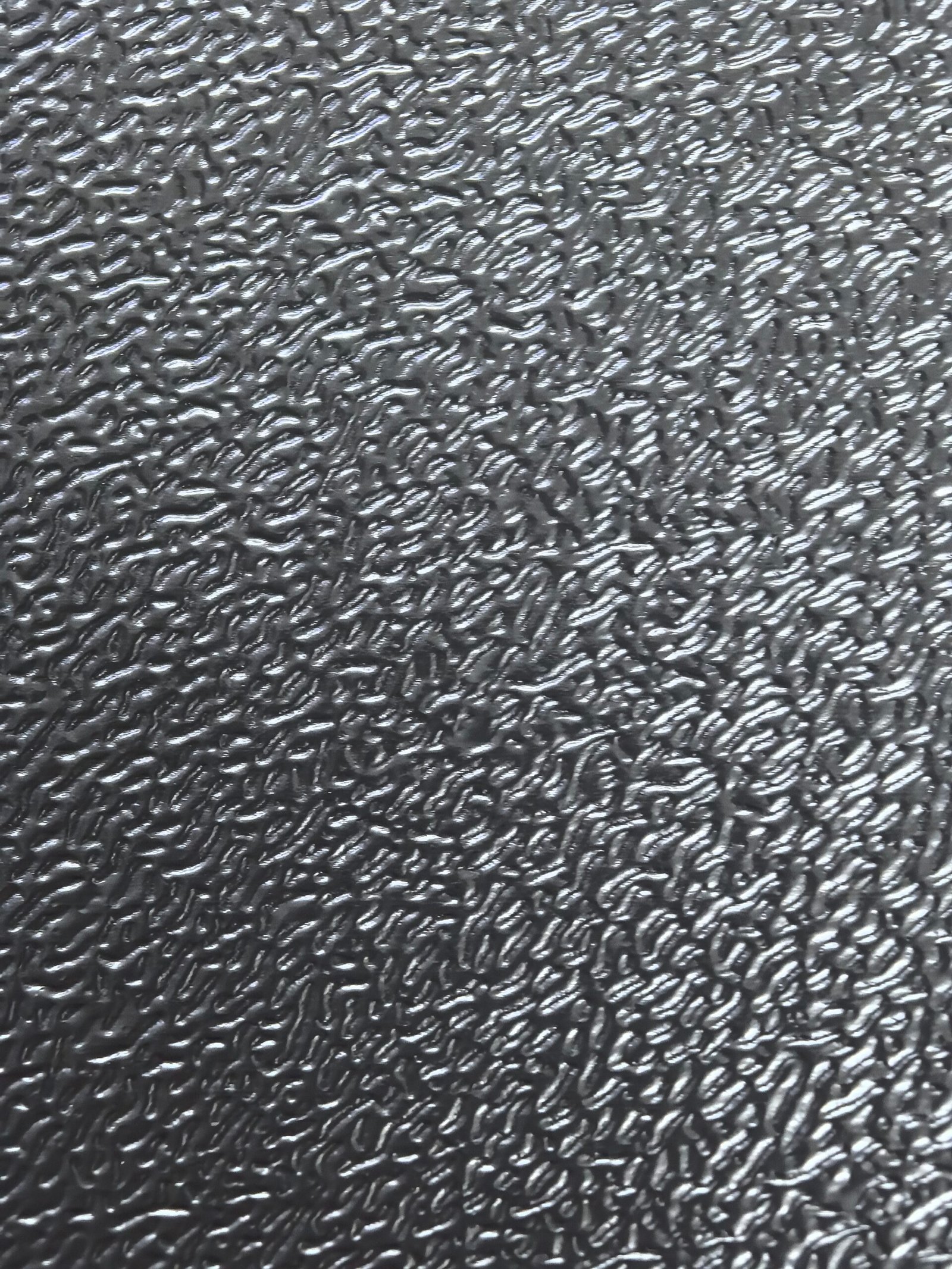
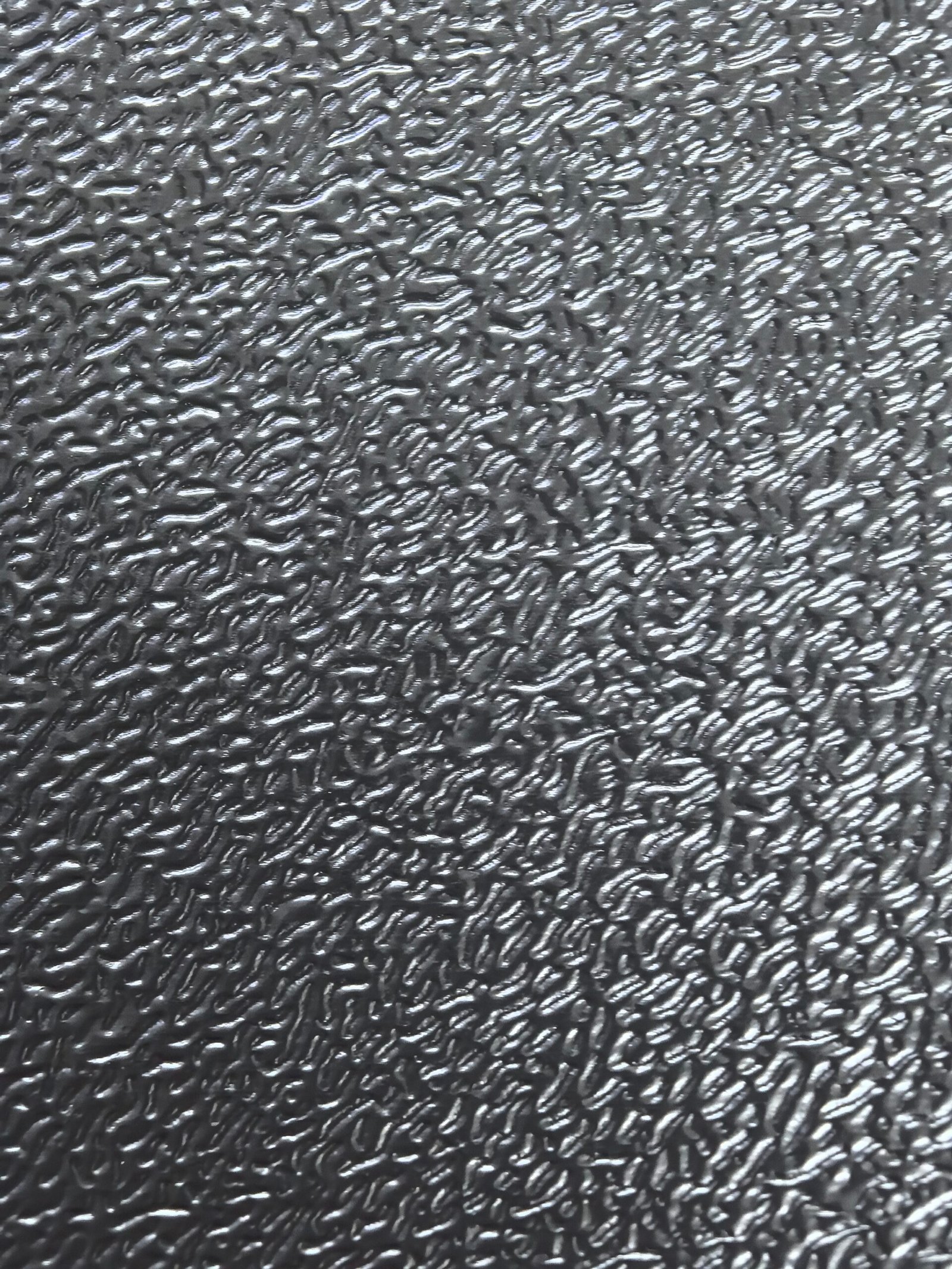
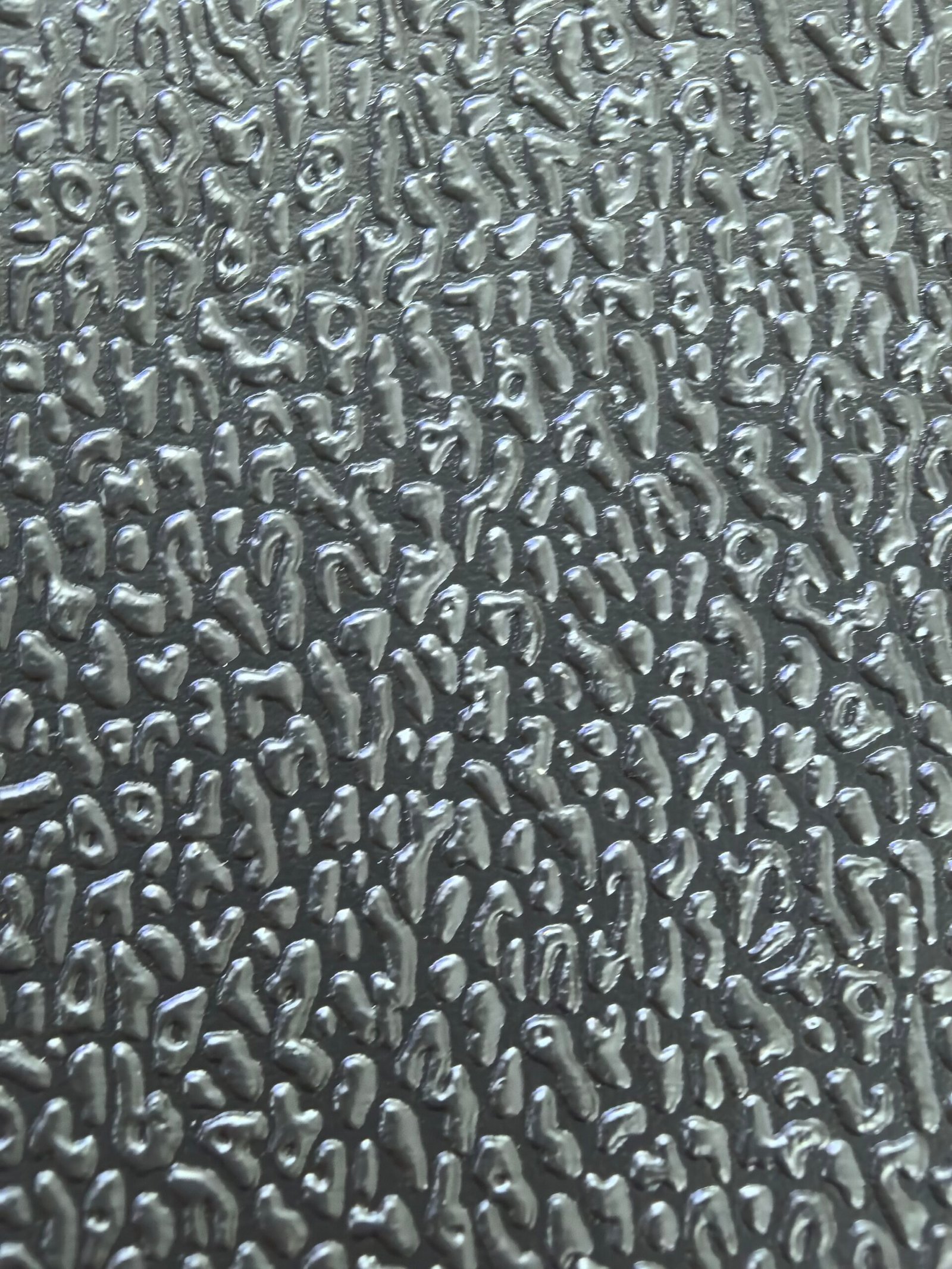
Reviews
There are no reviews yet.